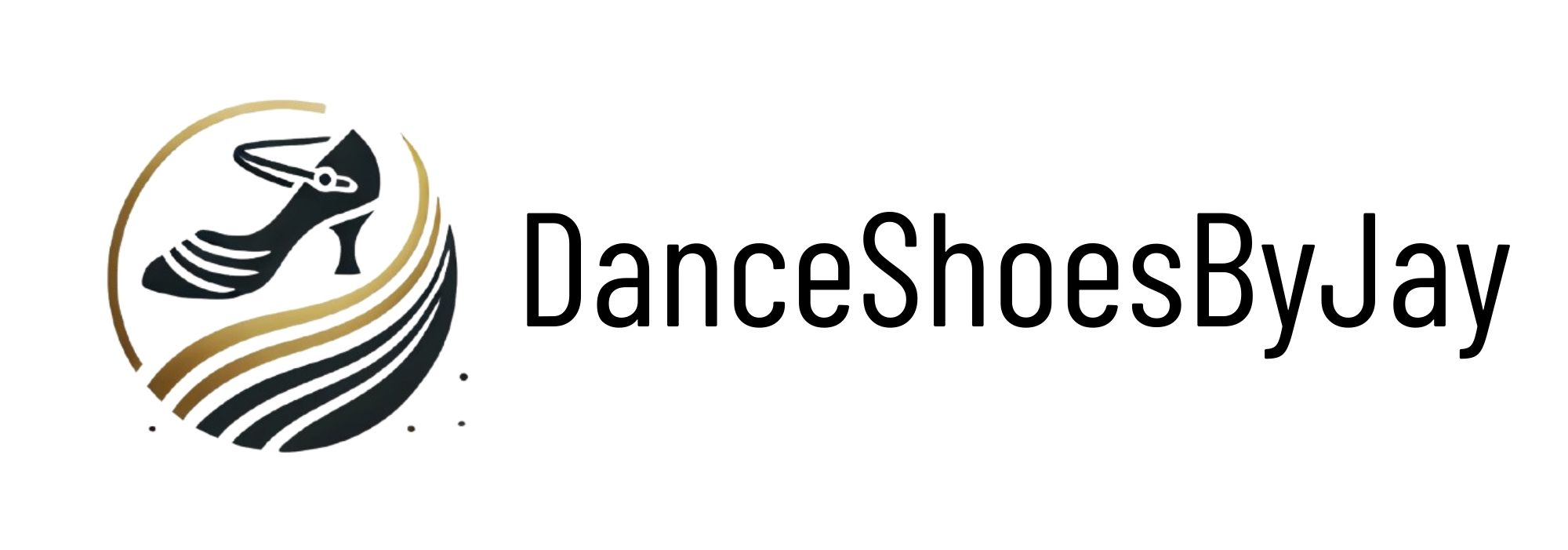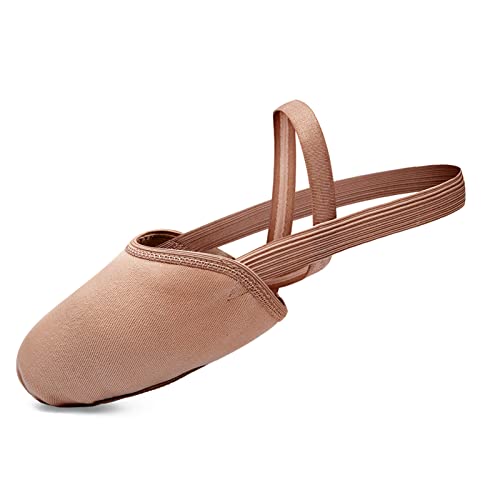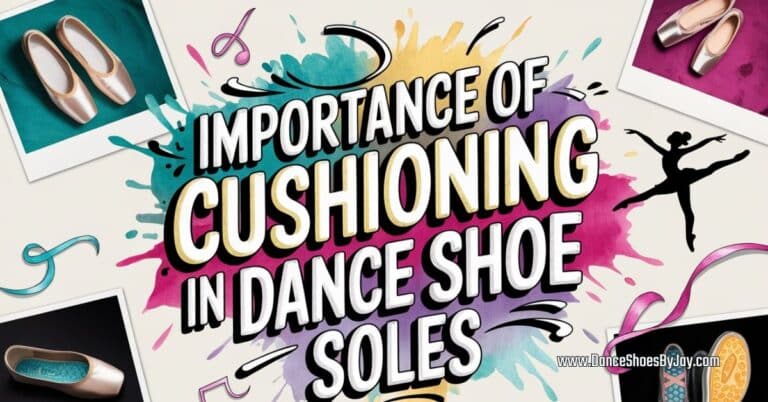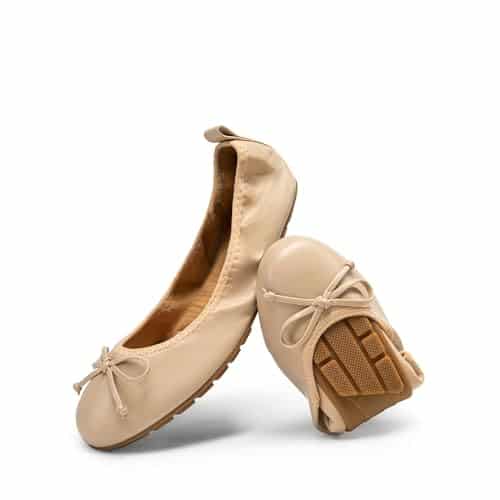Dance shoes have a magical way of transforming the way you move. Let’s break down their key components and how they influence your dance experience.

1. The Sole: The Foundation of Movement
The sole of a dance shoe is like the foundation of a skyscraper—it sets the stage for everything else. The type of sole affects how you move, your grip on the floor, and overall comfort.
- Suede Soles – Ideal for ballroom and Latin dance. They provide a balance of glide and grip, allowing smooth transitions. However, they require proper care and should be kept away from outdoor surfaces.
- Leather Soles – Offer a slick surface with some grip, great for jazz and tap dancers. They adapt well to indoor floors but can be slippery on wet surfaces.
- Rubber Soles – Found in dance sneakers or practice shoes, they provide excellent traction, making them ideal for hip-hop and contemporary styles.
Quick Reference Table:
| Sole Type | Best For | Pros | Cons |
|---|---|---|---|
| Suede | Ballroom, Latin | Smooth gliding, good balance | Wears out quickly, not for outdoor use |
| Leather | Jazz, Tap | Some glide with grip | Can be slippery on moisture |
| Rubber | Hip-hop, Contemporary | Excellent traction, durable | Less glide, can be too grippy for some styles |
2. The Insole: Comfort and Support
The insole is all about comfort—it cushions your foot and absorbs shock. A well-designed insole reduces foot fatigue and prevents aches and pains.
- Arch Support – Essential for comfort, especially for long hours of dancing.
- Cushioning – Helps with impact absorption, particularly useful for high-energy dances.
- Material Considerations – Gel and memory foam provide extra comfort, while leather insoles mold to your foot over time.
3. The Heel: Stability, Posture, and Style
Heels influence balance, posture, and dance techniques. Choosing the right heel height and shape can make a huge difference in your performance.
- Stiletto Heel – Found in tango and Latin dance styles. It adds elegance and leg definition but requires skill and core engagement for balance.
- Cuban Heel – Short and chunky, offering more stability. Common in men’s dance shoes and unisex Latin styles.
- Low Heel/Flat Heel – Ideal for jazz, swing, and character shoes. Provides support while allowing fast footwork and jumps.
| Heel Type | Best For | Pros | Cons |
| Stiletto | Tango, Samba | Elegant, enhances leg lines | Requires strong balance and technique |
| Cuban | Cha-cha, Rumba | Stable, distributes weight well | Less elevation |
| Low/Flat | Jazz, Swing | Comfortable, supports quick movement | Less dramatic styling |
4. Upper Materials: Style Meets Functionality
The upper part of the shoe affects durability, flexibility, and breathability.
- Leather – Breathable and molds to the foot over time, offering a personalized fit.
- Synthetic Materials – Lighter and easier to maintain but may not breathe as well as leather.
- Straps & Ties – Provide extra security and prevent slipping during fast-paced moves.
5. Flexibility: How Shoes Adapt to Dance Styles
Flexibility plays a major role in dance comfort and technique.
- Ballroom & Latin – Requires flexible shoes to allow pointed toes and foot articulation.
- Jazz Shoes – Stretchable materials ensure smooth movements.
- Ballet Shoes – Extremely flexible to support delicate footwork and grace.
If a shoe is too stiff, it can hinder movement and cause discomfort, potentially leading to injuries.
6. Finding the Perfect Fit: Ensuring Comfort and Performance
A properly fitted dance shoe should feel like an extension of your foot.
- Snug Fit – The shoe should hug your foot without pinching.
- Toe Space – Just enough room to wiggle your toes, but not so much that your foot slides inside.
- Arch Support – Essential for preventing fatigue and injuries.
- Break-in Period – New shoes may feel stiff at first but should gradually conform to your foot shape.
Final Thoughts
Selecting the right dance shoe involves understanding how different components affect your performance. Whether you’re gliding across a ballroom floor, executing sharp jazz moves, or keeping up with high-energy hip-hop choreography, the right shoe can make all the difference.
By considering sole type, heel shape, flexibility, and fit, you’ll not only enhance your comfort but also elevate your confidence on the dance floor!



